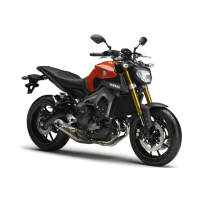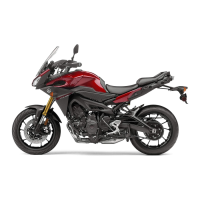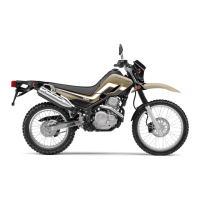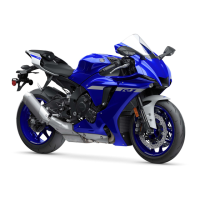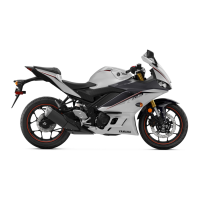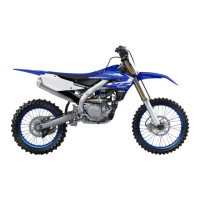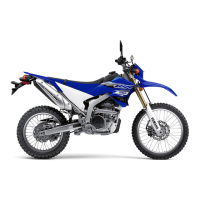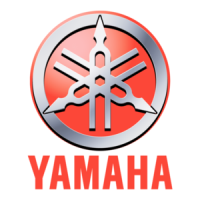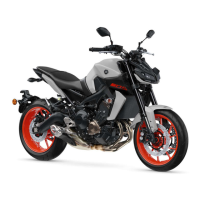
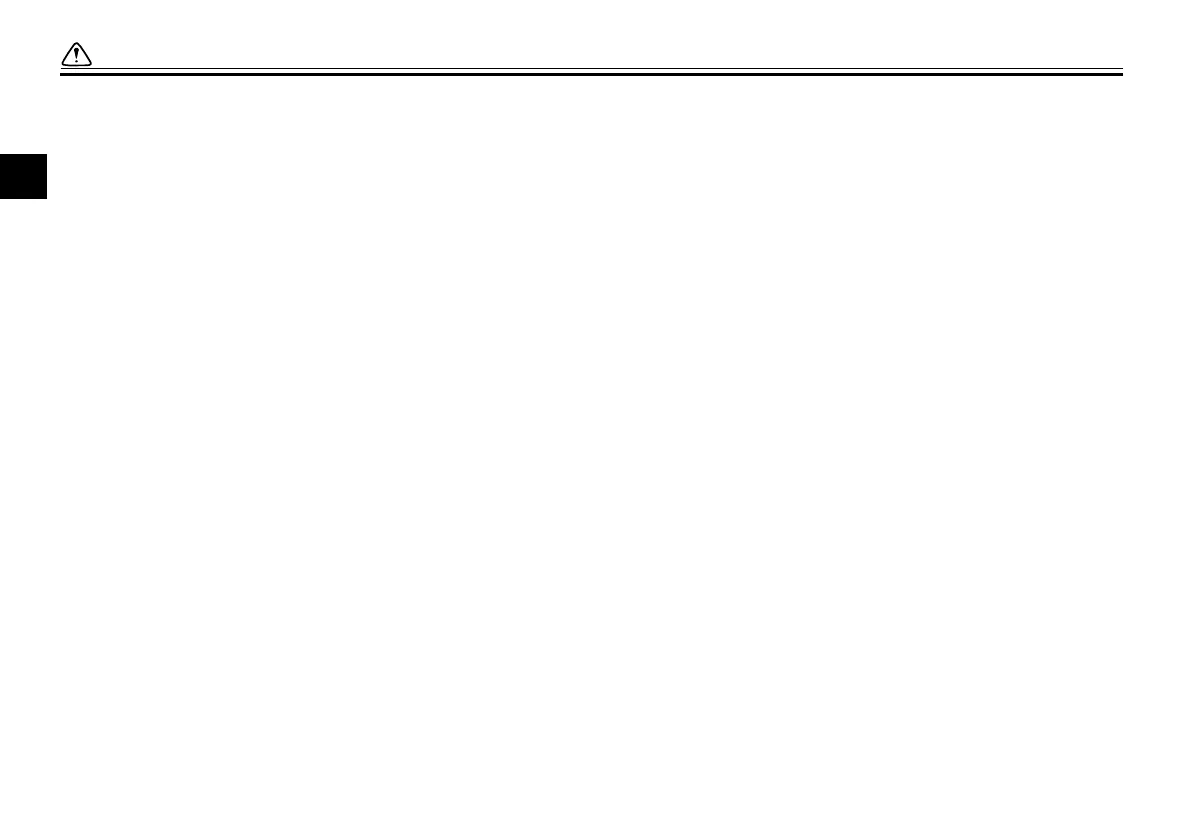 Loading...
Loading...
Do you have a question about the Yamaha MT09 2020 and is the answer not in the manual?
| Bore x Stroke | 78.0 mm x 59.1 mm |
|---|---|
| Compression Ratio | 11.5:1 |
| Fuel System | Fuel Injection |
| Ignition System | TCI: Transistor Controlled Ignition |
| Final Drive | Chain |
| Front Suspension | Telescopic fork |
| Front Tire | 120/70ZR17M/C (58W) |
| Rear Tire | 180/55ZR17M/C (73W) |
| Overall Width | 815 mm |
| Fuel Capacity | 14 L |
| Wet Weight | 193 kg |
| Starter System | Electric |
| Frame | Diamond |
| Ground Clearance | 135 mm |
| Engine Type | Liquid-cooled, 4-stroke, DOHC, 3-cylinder |
| Transmission | 6-speed |
| Rear Suspension | Swingarm |
| Front Brakes | Hydraulic dual disc |
| Rear Brakes | Hydraulic disc |
| Overall Length | 2075 mm |
| Overall Height | 1120 mm |
| Wheelbase | 1440 mm |
| Maximum Power | 115 PS (84.6 kW) @ 10, 000 rpm |
| Maximum Torque | 87.5 Nm (8.9 kg-m) @ 8, 500 rpm |
Outlines owner duties and essential safe riding practices.
Explains the electronic engine performance system and its modes.
Details the TCS function, settings, and troubleshooting.
Describes the clutchless upshift system.
Controls ignition, lighting, and steering lock operations.
Covers all switches, levers, and throttle grip functions.
Explains meter unit, indicator lights, and warning signals.
Step-by-step guide to starting the motorcycle.
How to shift gears and recommended shift points.
Procedures for checking spark plugs and servicing engine oil.
Coolant service, tire pressure, and brake fluid checks.
Details of the limited warranty and customer service.
